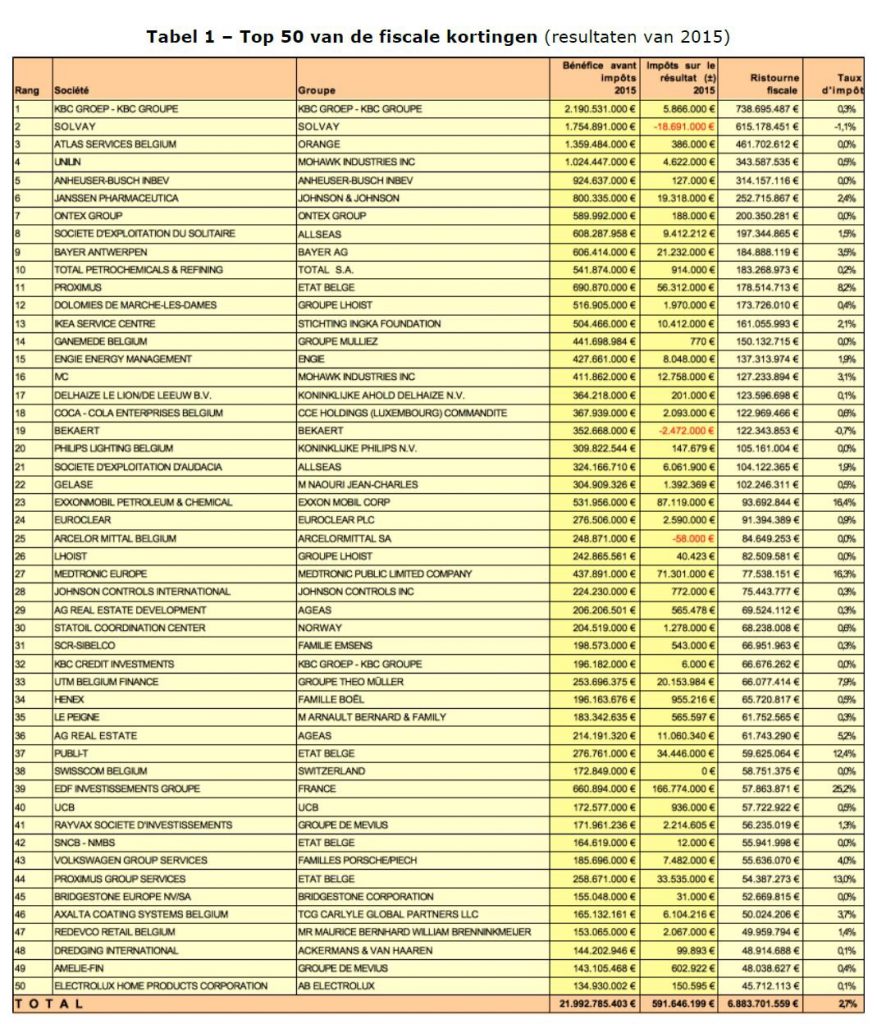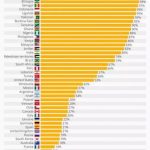Taxes paid by big companies: unfair
In my book Toxic Capitalism I mention the unfair situation where MNCs and other big companies cleverly avoid taxes. All while small companies do not have the resources to use “special channels” to minimize their taxes. Our governments cannot function properly without the funds to invest in proper infrastructure and help those who really need it. Then people complain about budget deficits…
The report repeats what we all knew but has the merit to detail it. They show 50 big companies who end up paying some 2.7% of corporate taxes while the normal rate would be 33.99%. It costs Belgium some Euro 6.9 billion on potential revenue lost.
On the other hand, a simple small company, also like a baker or butcher end up paying crushing levels of taxes. This is not only unfair, it also destroys the fabric of the small companies, favoring the big companies. Everybody loses with this while customers do not understand that artificially low prices are poisonous for our society.
Belgium study on taxes
See the original article on taxes paid by big companies:
http://www.hln.be/hln/nl/957/Binnenland/article/detail/2890229/2016/09/28/PVDA-Vijftig-grootbedrijven-betaalden-slechts-2-7-procent-belastingen.dhtml
PVDA: “Vijftig grootbedrijven betaalden slechts 2,7% belastingen”
Some quotes:
28/09/16 – Bron: Belga
Belastingen “De vijftig grootbedrijven die vorig jaar het meest gebruik hebben gemaakt van de fiscale ontsnappingsroutes in ons land, betaalden vorig jaar amper 2,7% vennootschapsbelasting”.
De top 50 in de PVDA-studie rangschikt de vijftig vennootschappen die in 2015 de grootste fiscale kortingen kregen. PVDA definieert ‘fiscale korting’ als het verschil in euro tussen de belastingen die een onderneming echt betaalt en de belasting die ze zou betalen bij toepassing van het nominale tarief van 33,99%.
De lijst wordt aangevoerd door KBC Groep, Solvay, Atlas Services Belgium en AB InBev.
“De gunstregimes voor die 50 grootbedrijven kosten ons land 6,9 miljard euro. Dat is gigantisch. Dit soort constructies slaat een gat in de begroting. En dan kan je twee dingen doen. Ofwel laat je de kleine man opnieuw betalen door hogere btw-tarieven of door medicamenten niet meer terug te betalen. Dat lijkt de keuze van deze regering te zijn. Ofwel timmer je die fiscale ontsnappingsroutes dicht. Dat is onze keuze”, zegt Mertens. “Het zijn bovendien vooral holdings en multinationals zijn die voordeel halen uit de fiscale trukendoos. De kmo’s en gewone burgers halen er geen voordeel uit”.




























